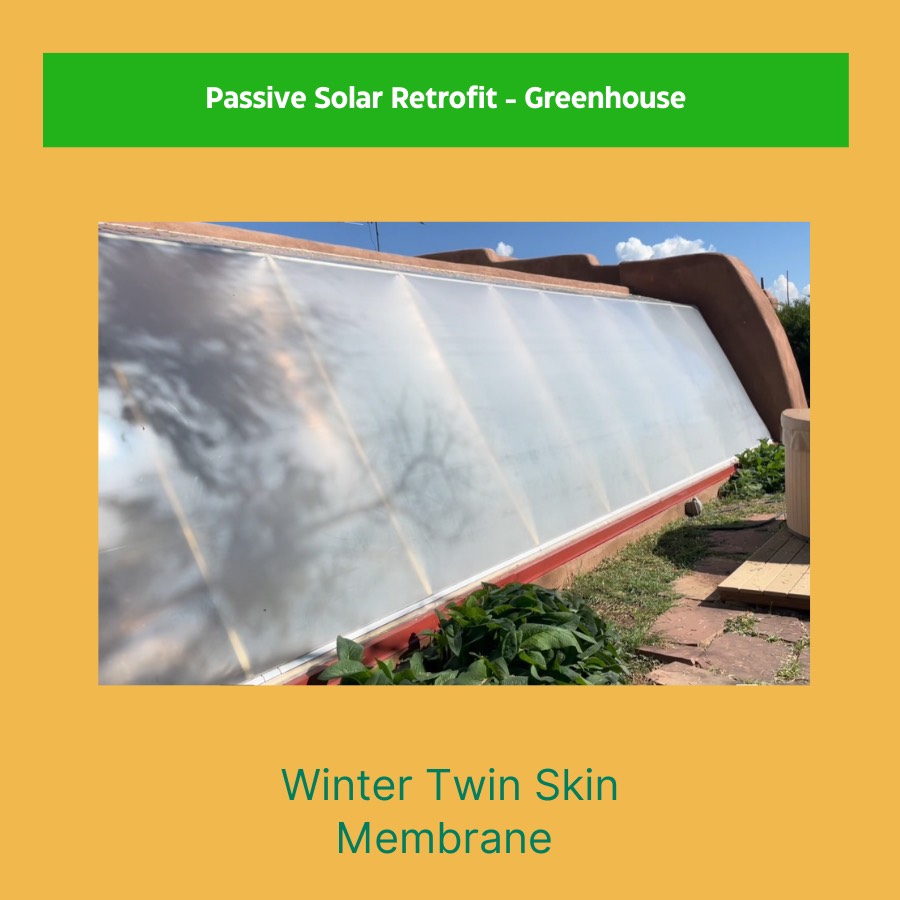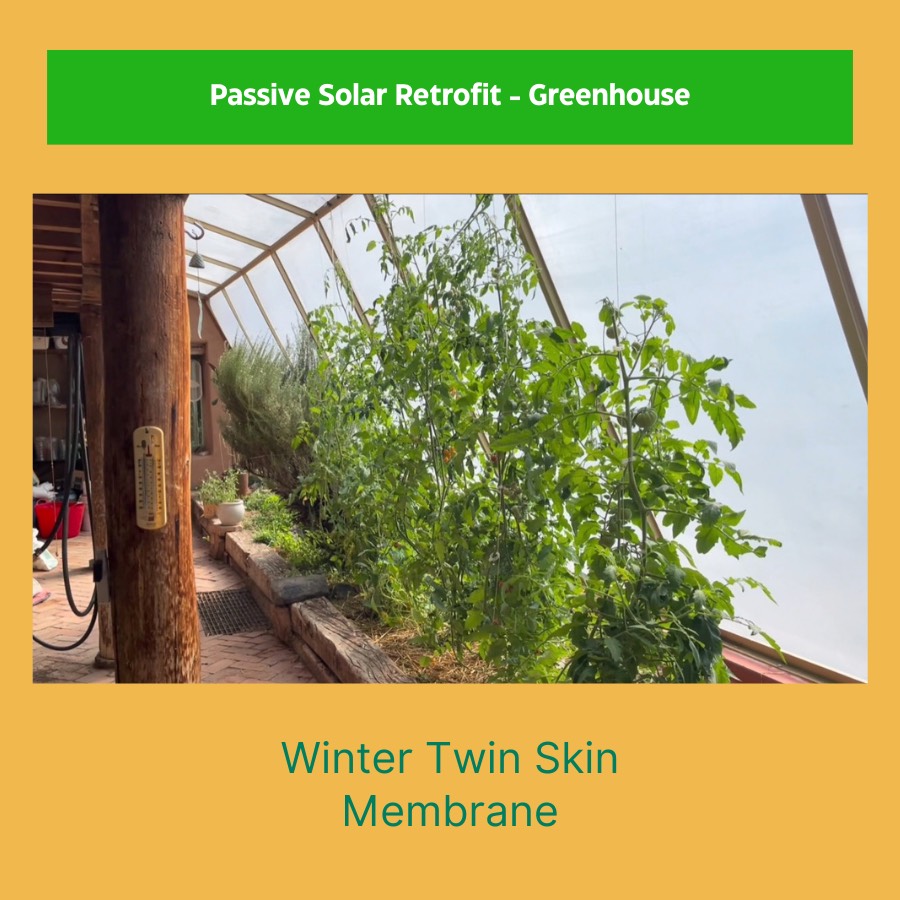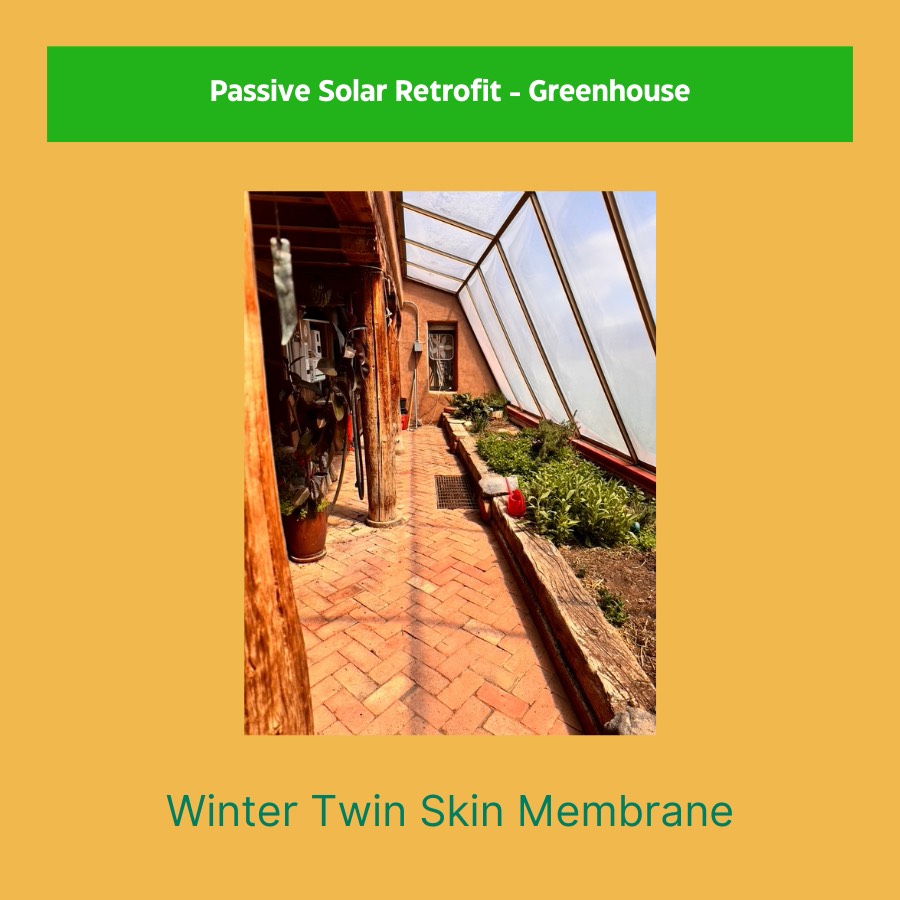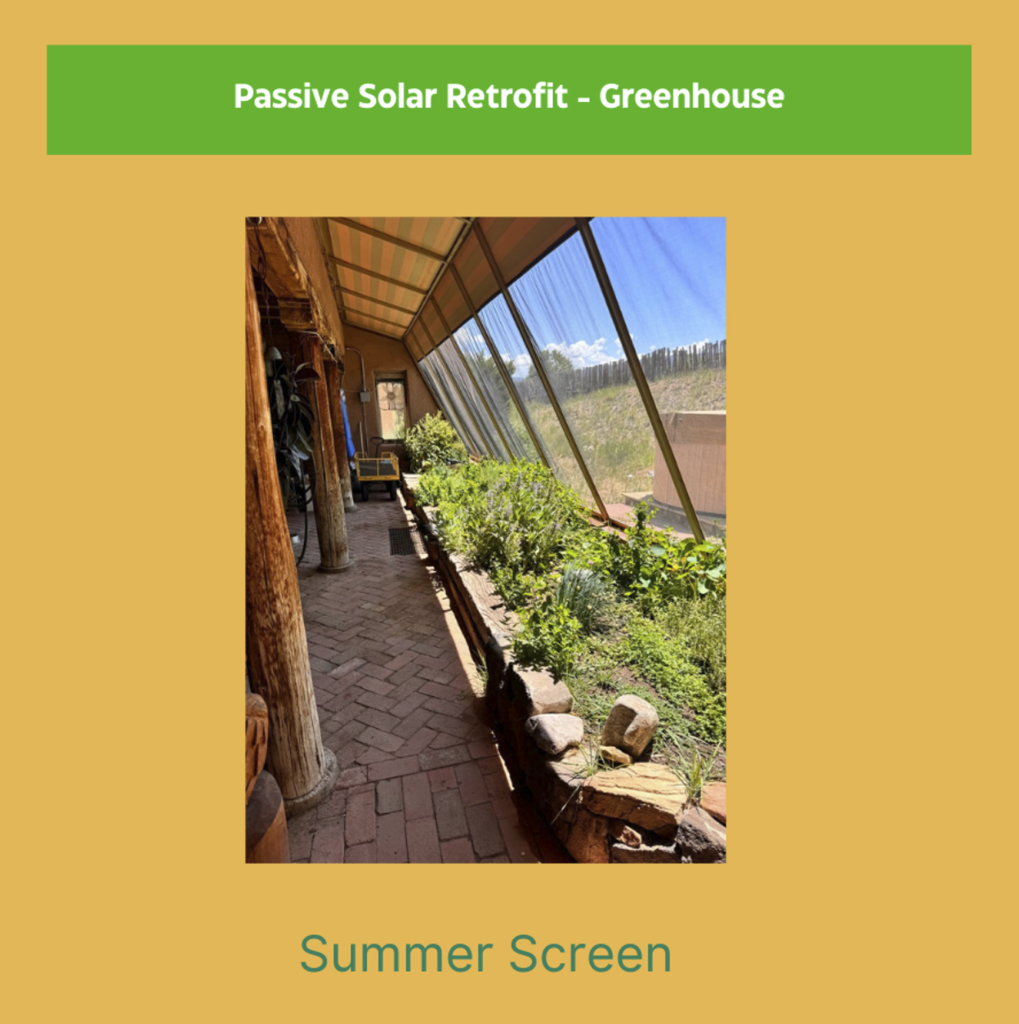A passive solar retrofit involves modifying an existing building to incorporate passive solar design principles. This process aims to enhance the building’s energy efficiency, comfort, and environmental sustainability by making better use of natural sunlight for heating, cooling, and lighting. Here’s a closer look at what a passive solar retrofit entails:

Window Upgrades:
- South-facing Windows: Adding or enlarging windows on the south side of the building (in the Northern Hemisphere) to maximize solar gain in winter.
- High-Performance Glazing: Installing double or triple-glazed windows with low-emissivity (low-e) coatings to reduce heat loss.
Thermal Mass:
- Heat Storage: Incorporating materials like concrete, brick, or tile that absorb, store, and slowly release solar heat.

Insulation and Air Sealing:
- Improved Insulation: Enhancing insulation in walls, roofs, and floors to minimize heat loss.
- Sealing Air Leaks: Reducing drafts by sealing gaps around windows, doors, and other openings.

Shading Devices:
- Overhangs and Awnings: Adding overhangs, awnings, or pergolas to block excessive summer sun while allowing winter sun to enter.
- Vegetation: Planting deciduous trees or installing trellises with climbing plants to provide seasonal shading.
Daylighting:
- Skylights and Light Tubes: Installing skylights or light tubes to bring natural light into interior spaces, reducing the need for artificial lighting.

Ventilation:
- Natural Ventilation: Enhancing cross-ventilation with operable windows and vents to naturally cool the building.
Benefits of Passive Solar Retrofits
- Energy Savings: Significant reductions in heating and cooling costs by utilizing free solar energy.
- Increased Comfort: More consistent indoor temperatures and improved indoor air quality.
- Environmental Impact: Lower greenhouse gas emissions by reducing reliance on fossil fuels.
- Property Value: Enhanced property value due to improved energy efficiency and sustainability features.
- Resilience: Greater resilience during power outages due to reduced dependence on mechanical systems.
Conclusion
In conclusion, a passive solar retrofit is a comprehensive approach to improving the energy efficiency and sustainability of an existing building.
By strategically incorporating elements such as south-facing windows, high-performance glazing, thermal mass, improved insulation, air sealing, shading devices, and natural ventilation, homeowners can significantly enhance their property’s comfort and reduce energy costs.
Additionally, the benefits extend beyond financial savings, contributing to a healthier indoor environment and a reduced environmental footprint. As awareness of environmental issues and energy efficiency continues to grow, passive solar retrofits not only offer immediate benefits but also serve as a forward-thinking investment in the long-term resilience and value of the property.